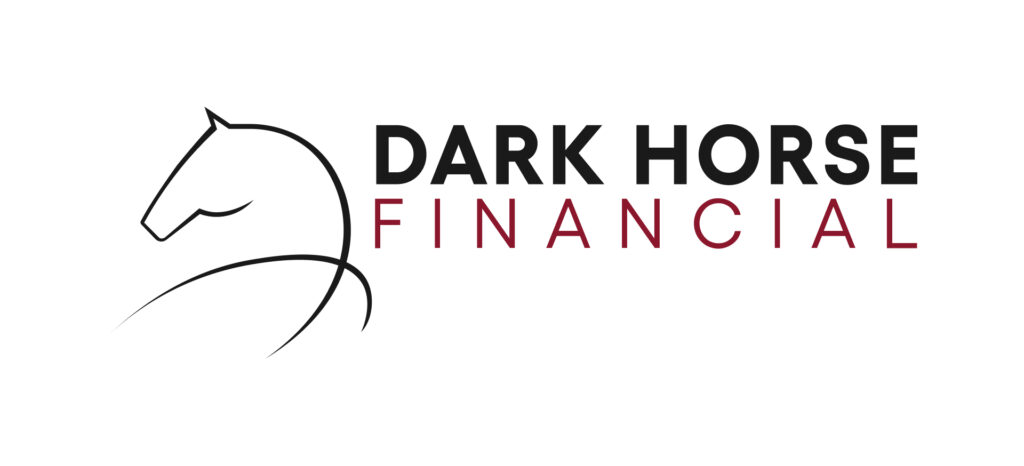- A business needs both revenue recognition and business cash flow to be sustainable
- Business loans are paid from future cash flow, not revenue recognition
- Revenue recognition reflects profitability – positive cash flow equals liquidity
- Manage equipment, stock, staff, and customer payments effectively to improve cash flow
Get a line of credit to boost your business cash flow
Understanding the differences between revenue recognition and cash flow is important to help manage your business to a strong position. Both these concepts play significant roles in business operations and financial reporting, but they provide different perspectives on a company’s economic activities. In this article, we explain the differences between revenue recognition and cash flow and provide steps to improve both.
Revenue Recognition
Revenue is recognized when a company has delivered goods or services, and it is reasonably certain that it will collect payment. For instance, a company may recognise revenue from a sale even if it hasn’t received payment yet, as long as it has fulfilled its obligation by delivering goods or services.
The principle of revenue recognition allows stakeholders to understand a company’s true earnings during a specific period, irrespective of when cash changes hands. It provides a clear picture of a company’s operational success and profitability, and it is crucial for assessing the company’s growth and performance.
Cash Flow
Cash flow, on the other hand, is a measure of the actual inflow and outflow of cash in a business. It represents the company’s ability to generate cash from its operations, finance its investments, and meet its financial obligations.
Cash flow is the lifeblood of business. A positive business cash flow indicates that a company’s liquid assets are increasing, allowing it to settle debts, reinvest in its business, return money to shareholders, and provide a buffer against future financial challenges.
Manage cash flow with an unsecured overdraft
The Differences Between Revenue Recognition and Cash Flow
Revenue recognition records the earning of income at the point of sale or delivery of service, irrespective of when payment is received. Cash flow, however, tracks the actual movement of cash into and out of a business.
For this reason, it’s possible for a business to show significant revenue but have a negative cash flow. For instance, if a company makes a substantial amount of sales on credit, it will recognize the revenue from those sales immediately. However, the cash flow will be negative until it collects payments from its customers.
It’s important business owners understand it is future cash flows they need to repay business loans from irrespective of the profit they’ve been able to show.
Understanding these differences is critical for managing a business and financial obligations. While revenue recognition reflects a company’s profitability, cash flow indicates its liquidity and ability to meet short-term obligations and invest in future business growth. In essence, a business needs both profitability (as shown by revenue recognition) and liquidity (as demonstrated by positive cash flow) to be sustainable in the long run.

Strategies to Improve Business Cash Flow
Encourage Timely Customer Payments
Promptness in invoicing and delivering products can help to accelerate the payment process to increase cash flow. By providing an invoice immediately upon product delivery or service completion, you signal the need for payment. An efficient, automated invoicing system can help streamline this process.
Recognise Cash Sooner With A Working Capital Solution
Offering Multiple Payment Options
Ease of payment can significantly impact how quickly you receive funds. By offering a variety of payment methods – credit cards, online transfers, mobile payments, and others – you reduce barriers for customers to pay their bills.
Providing Incentives for Early Payments
Offering incentives, such as a small discount for early payment, can be an effective way to encourage customers to pay their invoices promptly.
Requesting Deposits for Special or Large Orders
For large or unique orders, it may be appropriate to request a deposit. This not only secures commitment from the customer but also provides a cash input to offset initial production costs.
Strengthen your supply lines with a Trade Finance Line of Credit
Optimise staffing and cash flow management to boost business revenue
Strategically managing your staffing and cash flow can help your business run smoothly. Having flexible staffing arrangements can help businesses cope with demand peaks without incurring unnecessary labour costs during slower periods. This might mean you consider hiring temp workers or offering overtime.
Delaying the payment of sales commissions until you’ve received payment from your customer can help maintain a positive cash flow. This ensures that you don’t pay out commissions before receiving the related revenue.
By recognizing and rewarding behaviours that contribute to better cash flow management – such as securing early payments or reducing expenses – you can encourage employees to consider cash flow in their customer interactions through incentives.
Leverage assets and equipment investments to increase business revenue and business cash flow
Your business’s assets and investments can be strategically leveraged to boost revenue and increase cash flow. Assets that are no longer needed or not generating profit can be sold to free up cash. This approach helps improve cash flow and reduces maintenance or storage costs.
Before buying or financing equipment and machinery, consider the impact on cash flow. A cost-benefit analysis can help you decide whether it’s more advantageous to buy or lease – make sure you consider factors like maintenance, depreciation as well as operating costs when working out the impact on cash flow when considering equipment finance.
The Right Business Loans Are Critical To Positive Cash Flow and Sustainability
For a business to thrive, it must effectively manage both revenue recognition and business cash flow.
Revenue recognition relates to profitability, demonstrating the financial reporting and outcomes of operations, while positive cash flow provides the much-needed liquidity to maintain day-to-day operations. It’s worth underscoring that business loans are serviced from future cash flow, so getting the right loan solutions for your business can be critical to sustainability and generating business revenue. To talk to an expert for your business loan contact us here.

Commercial Lending Solutions For Your Business
OVERDRAFTS | TERM LOANS | UNSECURED LENDING | EQUIPMENT FINANCE | PROPERTY FINANCE | CASH FLOW LENDING | WORKING CAPITAL | BRIDGING LOANS | PRIVATE LENDING
The finance you need to do business the way you want
.





